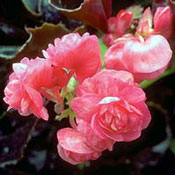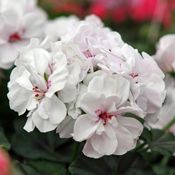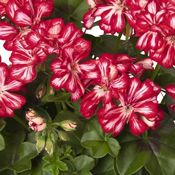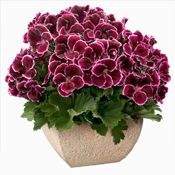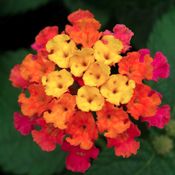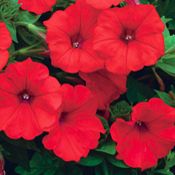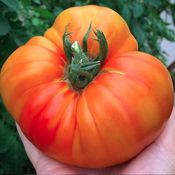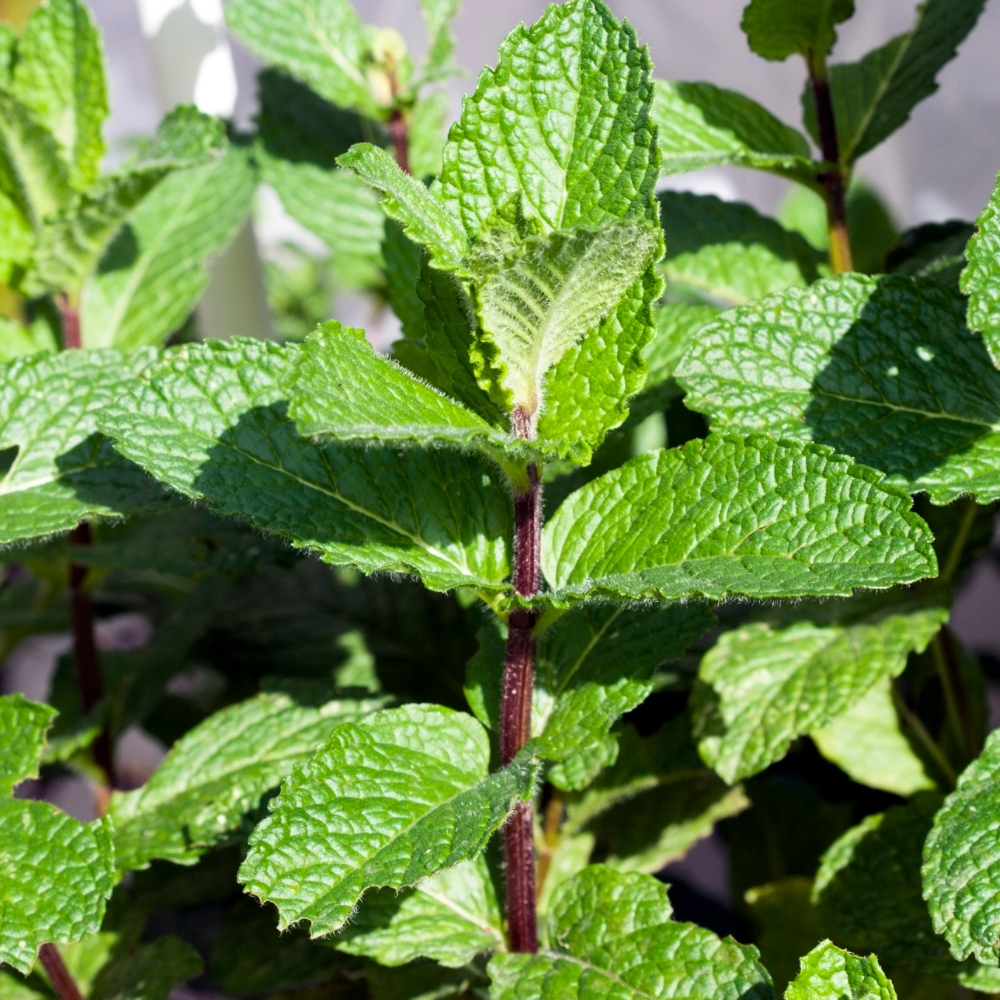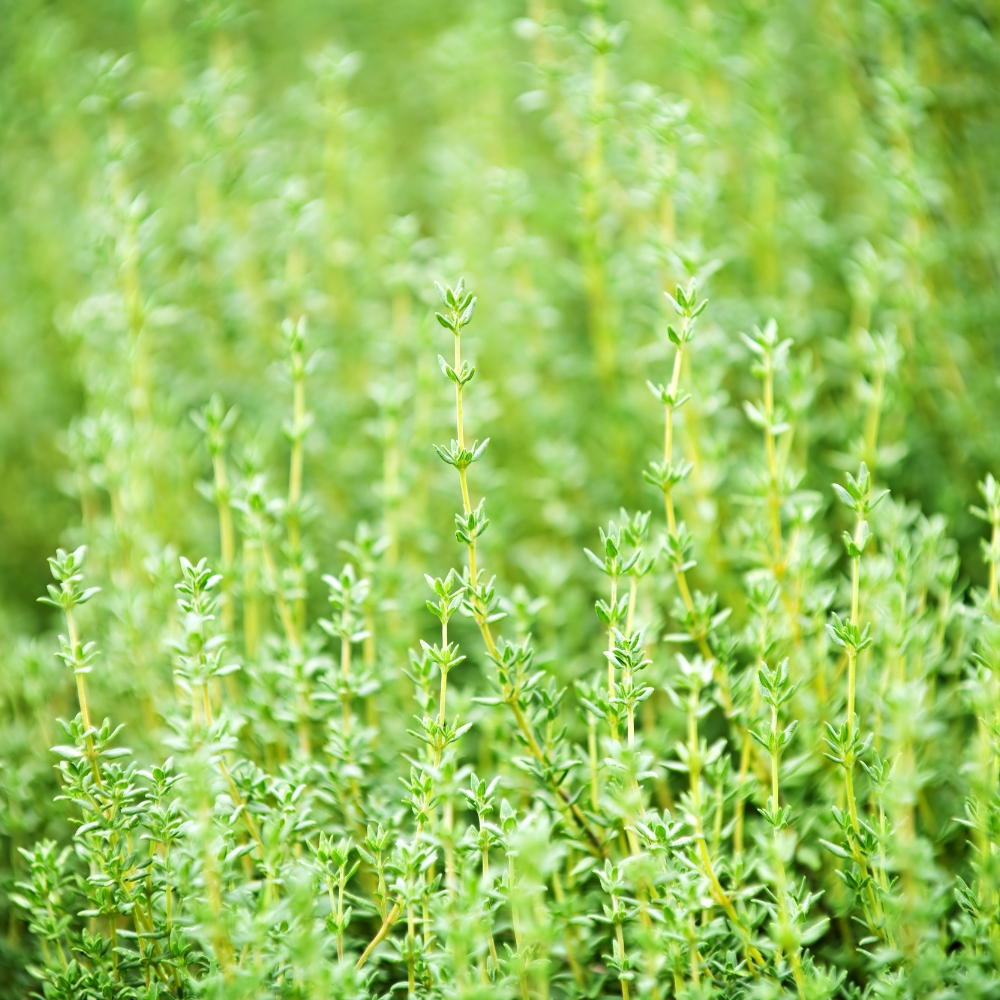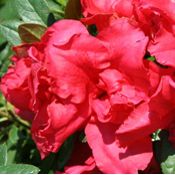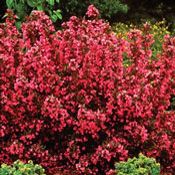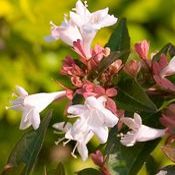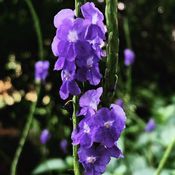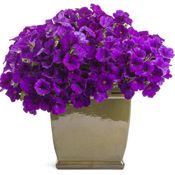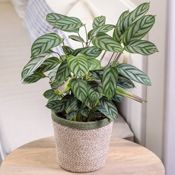
Perennials can be the cornerstones of your landscape. Coming back year after year, using them as a foundation for your landscape design only makes sense. You can pair them with other perennials or change your outdoor spaces every spring and fall by planting complementing annual plants.
When you picture your ideal yard, what do you see? Flowers? Fruit trees? Shrubs and other ornamental plants? The beauty of perennials lies in their ability to provide everything you need and want, in terms of form, height, and color, year after year, without requiring much maintenance or special care.
So whether you’re just getting started or your landscape is already well-established, consider our list of what we consider to be the 7 best perennial plants for every yard. As every growing zone is different, it is a good idea to know exactly what kind of perennial plants grow best in your region before choosing your plants. Knowing your zone ahead of time will ensure your perennials will thrive where you live.

1) Clematis
This fragrant vine is easy to grow and a great perennial plant choice. Visually pleasing, this lively vine will happily climb to cover the side of your garden shed, add beauty along a fence line, or become a privacy screen with the support of a trellis. There are a mind-boggling array of colorful varieties to choose from. Clematis are versatile, intriguing, flamboyant, and an amazing pollinator-attractant; a superb choice to provide a home for those oh-so-beneficial pollinators.
Clematis Care Tips:
- Sunlight: Clematis thrives in abundant sunlight. Choose a location where it receives at least six hours of sun per day.
- Support: Provide a trellis or other structure for the vine to climb.
- Watering: Keep the soil consistently moist, especially during the first growing season. After establishment, water during dry periods.
- Soil: Plant in well-drained soil, ideally with a neutral to slightly alkaline pH.
- Pruning: Pruning depends on the type of Clematis. Some varieties benefit from annual pruning, while others require minimal pruning.

2) Shrub Roses
A perennial favorite for gardeners and landscape artists, hardy Shrub Roses are a cheerful addition to any landscape. These tough rose bushes come in numerous colors and sizes, blooming like crazy in sunny locations. Enjoy their blossoms from early summer through early fall, practically without lifting a finger, except to water them once or twice a week. You can choose from cold-hardy cultivars, hybrids that produce oodles of blossoms, and English varieties with exceptional fragrance.
Shrub Rose Care Tips:
- Sunlight: Plant in a location that receives full sun (at least six hours daily).
- Watering: Water regularly, allowing the soil to dry out slightly between waterings.
- Soil: Roses prefer well-drained, fertile soil. Amend with compost or organic matter.
- Pruning: Prune in late winter or early spring to shape the plant and encourage new growth.
- Winter Care: In colder regions, protect the roots with a layer of mulch in winter.

3) Lavender
Lavender is a tough perennial that grows well in many climates and prefers sandy soil. Remarkably easy-to-grow, this perennial comes back stronger each year, blooming in shades of delicate pink to vibrant purple, depending upon the variety. This fragrant flower is also exceptionally versatile – from extracting the aromatic essential oils to drying for home decor, lavender has a multitude of uses. It’s space-filling attributes make it an ideal plant for naturalizing or growing in that corner that could use a big splash of color. Your local bees will show up and reward you by pollinating your vegetable garden while visiting your lavender.
Lavender Care Tips:
- Sunlight: Lavender needs full sun to flourish.
- Soil: Prefers sandy, well-drained soil with a neutral to slightly alkaline pH.
- Watering: Water sparingly. Lavender is drought-tolerant and does not like wet feet.
- Pruning: Prune in early spring to encourage new growth and maintain shape.
- Harvesting: For dried lavender, harvest when flowers are in full bloom.

4) Hydrangeas
Nothing looks more like summer than a big splash of white, pink, blue, or purple from Hydrangea Plants. Hailing from southern China and Japan, Hydrangeas grow well in plant hardiness zones 3 through 9, depending on which variety you choose to grow (find your zone here). Adaptable to partial shade and partial sun, this perennial is versatile, blooming from midsummer to mid fall. With more than a 100 different cultivars to choose from, they grow from 18-inches to 8-feet tall! You are guaranteed to find just the right Hydrangea to fill that empty space in your yard.
Hydrangea Care Tips:
- Sunlight: Plant in partial sun to partial shade, depending on the variety.
- Soil: Hydrangeas prefer rich, moist soil. Some varieties can change bloom color based on soil pH.
- Watering: Keep the soil consistently moist but not soggy.
- Pruning: Prune in late winter or early spring. Pruning requirements vary by type.
- Winter Care: In colder zones, protect with mulch or burlap.

5) Butterfly Bushes
Butterfly Bushes, known by the botanical name, Buddleia, are arguably one of the best perennial plants you can have in your garden. These gorgeous perennial shrubs attract a wide range of butterflies, are very low maintenance, once established, and only require a little watering during dry spells. In warmer climates, they are deciduous, meaning they will lose their leaves in the wintertime, but in colder climates they will die back to the root crown, only to reappear in the spring, growing quite quickly. There are so many varieties of Butterfly Bushes to choose from, you are sure to find a color or cultivar that will complement your landscape, while meeting your expectations.
Butterfly Bush Care Tips:
- Sunlight: Requires full sun for optimal growth and flowering.
- Soil: Plant in well-drained soil. Avoid overly fertile soil to prevent excessive growth.
- Watering: Once established, water during dry spells.
- Pruning: Cut back in late winter or early spring to encourage bushy growth.
- Winter Care: In colder climates, mulch around the base to protect the root crown.

6) Hostas
Hostas are considered one of the best tried and true perennial plants by virtually all gardeners. Easy-to-grow, adaptable to a varied range of growing conditions, and tolerating just about any type of soil, Hostas rarely disappoint. Available in a huge range of sizes and colors, these perennial plants are grown for their foliage and can complement any landscaping design. They are unquestionably versatile, performing well as a flamboyant border plant, to add interesting texture to colorful, partly sunny gardens, or as an elaborately gorgeous ground cover for partially shaded areas.
Hosta Care Tips:
- Sunlight: Tolerates a range of light conditions, from partial shade to morning sun.
- Soil: Prefers rich, moist, well-drained soil.
- Watering: Keep the soil evenly moist, especially in drier conditions.
- Dividing: Divide every few years in spring or fall to maintain plant vigor.
- Pests: Watch for slugs and snails, common pests of hostas.

7) Shasta Daisy
Its cheerful white petals and brilliantly yellow, sunny centers make the Shasta Daisy one of America’s favorite perennials. Known botanically as Becky Leucanthemum, these perennial plants are hardy, can survive in a variety of soil conditions, and average a lifespan of at least 10 years with proper care. The Shasta Daisy blooms from spring through fall, so you’ll have the pleasure of having mounds of daisy blossoms for a long growing season. Gather some pretty vases; you will want to cut plenty to bring cheer to your indoor spaces. Choose a sunny location, with fertile, well-drained soil and enjoy the show!
Shasta Daisy Care Tips:
- Sunlight: Thrives in full sun but can tolerate partial shade.
- Soil: Adaptable to various soil types but prefers well-drained, fertile soil.
- Watering: Water regularly, allowing the soil to dry slightly between waterings.
- Deadheading: Remove spent blooms to encourage continuous flowering.
- Winter Care: Cut back in late fall and mulch to protect roots in colder regions.
The world of gardening is both vast and wonderfully diverse, offering endless possibilities for creativity and connection with nature. Whether you're a seasoned gardener or just beginning your journey, the allure of perennials lies in their ability to transform and enrich our outdoor spaces year after year. By choosing from these top seven perennials, you're not just planting flowers; you're cultivating a living tapestry of color and life that evolves with each passing season. So, embrace the joy of gardening, and let these perennial favorites bring a burst of color and vitality to your garden, creating a sanctuary that delights the senses and nurtures the soul. Remember, in the garden of life, every flower has a story, and each planting is a new chapter waiting to be written.














